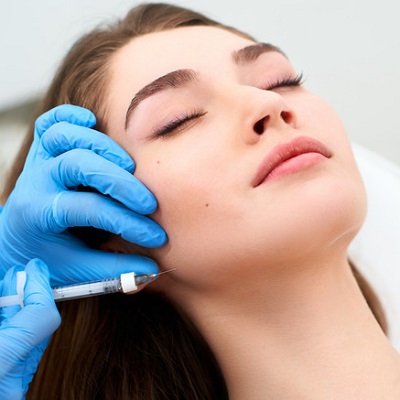Introduction
In recent years, jawline filler injections have surged in popularity as a non-surgical solution for enhancing facial contours and achieving a more defined jawline. Many individuals seek this treatment to improve their appearance, boost self-confidence, and create a more balanced facial profile. However, one of the most common questions prospective patients have is: how long do jawline fillers last? Understanding the longevity of these injections is crucial for anyone considering the procedure. This article explores the duration of jawline filler effects, the factors influencing their longevity, and expert insights from top aesthetic Jawline Fillers Injections Clinic in Muscat.
Understanding Jawline Fillers
Jawline fillers are typically composed of hyaluronic acid, a naturally occurring substance in the body that helps maintain skin elasticity and hydration. The treatment involves injecting the filler into specific areas along the jawline to create definition, smooth out imperfections, and improve overall facial symmetry. The results can significantly enhance an individual's appearance, making the face look slimmer and more sculpted.
Duration of Jawline Filler Effects
The longevity of jawline fillers can vary widely depending on several factors, including the type of filler used, the injection technique, individual metabolism, and the specific area treated. On average, the effects of jawline fillers can last anywhere from 6 months to 18 months.
Types of Fillers
- Hyaluronic Acid Fillers: These are the most commonly used fillers for jawline augmentation. They typically last between 6 to 12 months, with some advanced formulations providing effects that can extend up to 18 months. Over time, the body gradually metabolizes hyaluronic acid, leading to a decrease in volume.
- Calcium Hydroxylapatite Fillers: While less common for jawline enhancement, these fillers can provide longer-lasting results, sometimes up to 18 months. They stimulate collagen production in the skin, which may contribute to prolonged effects.
- Poly-L-lactic Acid Fillers: This type of filler works by stimulating collagen production rather than simply adding volume. The results may last up to 2 years, but they typically require multiple treatment sessions to achieve the desired effect.
Injection Technique
The technique employed by the injector can also influence the duration of jawline filler effects. Skilled practitioners often use precise techniques that distribute the filler evenly, leading to more natural and longer-lasting results. In contrast, improper techniques may result in uneven distribution, causing the filler to degrade more quickly.
Individual Factors
Each person's body responds differently to fillers, and several individual factors can affect how long the results last:
- Metabolism: Individuals with faster metabolisms may find that their fillers break down more quickly.
- Lifestyle: Factors such as smoking, excessive sun exposure, and poor skincare can hasten the breakdown of fillers.
- Age: As we age, our skin loses collagen and elasticity, which may influence how long fillers maintain their effects.
Maintenance and Touch-Up Treatments
To prolong the effects of jawline fillers, many clinics recommend maintenance or touch-up treatments. These typically involve receiving smaller amounts of filler at regular intervals, allowing patients to maintain their desired jawline contour without the need for a full treatment. Patients are often advised to return for assessments every 6 to 12 months, depending on their unique circumstances.
Recommendations for Patients
- Choose a Qualified Practitioner: The expertise of the injector plays a vital role in achieving the best results. It's essential to select a qualified practitioner with a strong track record in performing jawline filler injections.
- Discuss Expectations: Patients should have an open discussion with their practitioner about their aesthetic goals, potential outcomes, and how long they can expect the fillers to last.
- Post-Treatment Care: Following the treatment, patients should adhere to aftercare guidelines to maximize the longevity of the results, including avoiding strenuous exercise, excessive heat, and direct sun exposure for at least 24 hours.
Conclusion
Jawline filler injections offer a safe and effective way to enhance facial contours, providing a more defined jawline that many individuals desire. While the effects of these fillers can last anywhere from 6 to 18 months, various factors, including the type of filler used, injection techniques, and individual characteristics, play a significant role in determining longevity. For those considering this treatment, it is crucial to consult with a qualified practitioner who can provide personalized advice and ensure the best possible outcomes. By understanding the factors influencing the duration of jawline fillers and maintaining regular touch-up appointments, patients can enjoy their enhanced appearance for as long as possible.





Comments